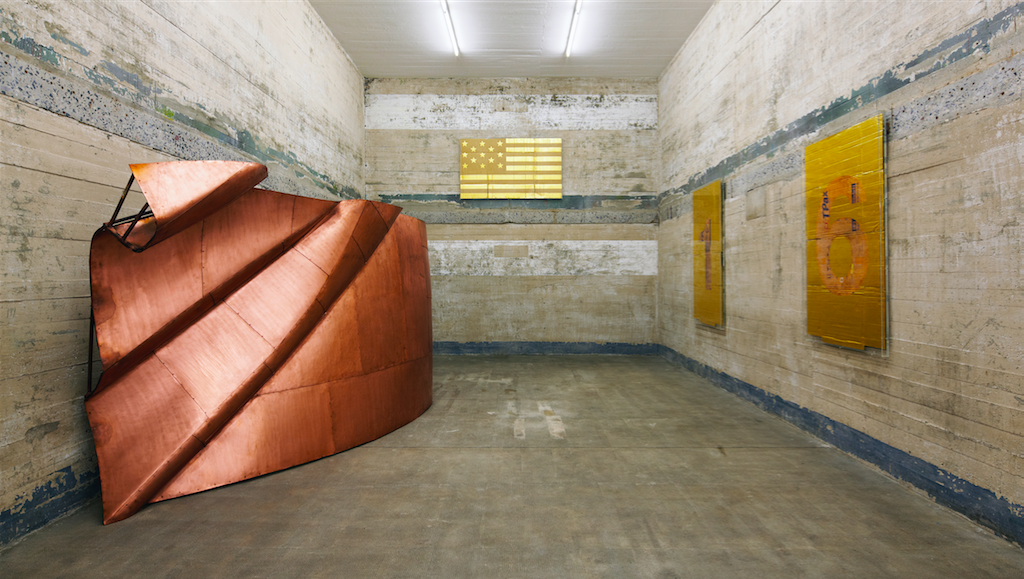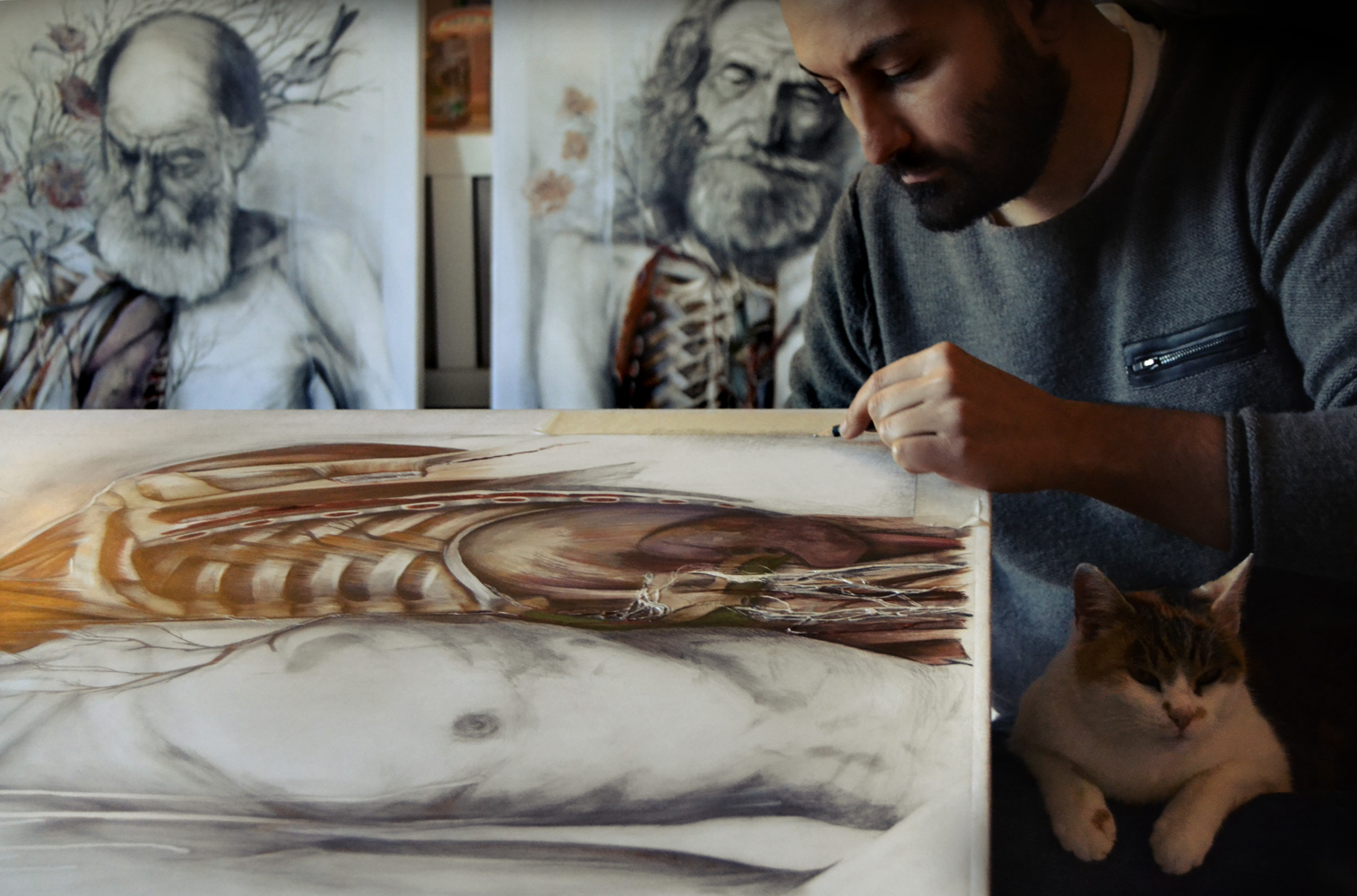
Since 2008 Christian and his wife Karen Boros present their private contemporary art collection in a converted Nazi Bunker in the center of Berlin. The building itself has gone through several transformations including serving as a storage facility for tropical fruits during the DDR and an electronic and fetish club in the 1990s. Part of the almost 800-piece collection is presented behind the 59” thick walls, the characteristics of the space, its secluded rooms and narrow passageways, prevent the exhibition from becoming simply a conglomeration of different works but instead turning it into different solo exhibitions.

The exhibitions rotate every four years and are only accessible by appointment. Visitors are guided for 90 minutes around the separate rooms and floors of the old air-raid shelter, listening to the collectors’ and the artists’ vision. Each exhibition is organized with a certain leitmotiv in mind. Sound confronts the visitor on each of the Bunker’s five floors and, in instances, even overlaps. Alicja Kwade’s work, for example, amplifies the ticking sound of a watch, making the passing of time audible in the entire building. Works by Michael Sailstorfer, on the other hand, use sounds found in the context of everyday life like the rustling of fallen leaves of an upended tree that is dragged across the floor in Forst (01), (2010). Other significant works are Tómas Saraceno’s Flying Garden/Air-Port-City/32SW (2007), which spans its threads throughout the room like a spiderweb, or Danh Vo’s We the People (detail), (2011), which displays a fragment of the true-to-scale replication of the Statue of Liberty he built in China. The piece plays on the vulnerability of states as well as their ability to change. Ai Weiwei’s Tree, (2009-2010) is also notable since it was the couple’s first acquisition of a work made by an Asian artist.
The exhibition will be on view until summer 2016.



Like this article? Check out Colombia’s alternative art spaces or other global art news.







